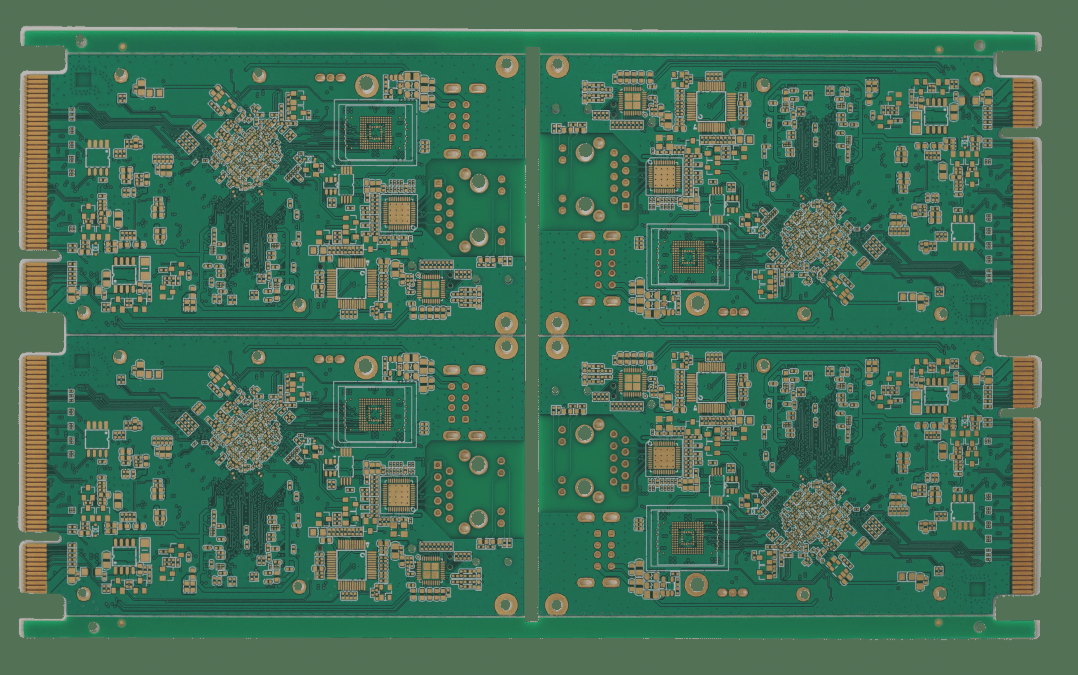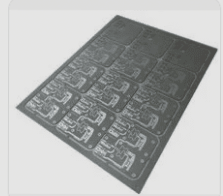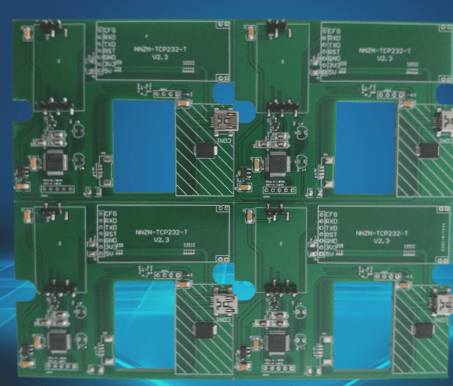Understanding Inductors and Magnetic Beads in PCB Design
Inductors and magnetic beads play crucial roles in PCB design, serving as energy storage and energy conversion elements, respectively.
Key Differences:
- Inductors are mainly used in power filter circuits to suppress conducted interference, while magnetic beads are utilized in signal circuits for EMI mitigation.
- Magnetic beads are essential for absorbing ultra-high frequency signals in RF circuits, PLL, oscillator circuits, and high-frequency memory circuits like DDR and SDRAM.
- Inductors are commonly found in LC oscillator circuits and low-frequency filter circuits, with operational frequencies typically below 50MHz.
Understanding Magnetic Beads:
The impedance of magnetic beads is crucial, typically measured in ohms. The impedance curve provided in datasheets helps in selecting the right magnetic bead model based on frequency requirements.
Choosing the Right Magnetic Bead Core:
When selecting a magnetic bead core, focus on the impedance curve’s resistance, inductance, and total impedance. Opt for the model with the highest impedance in the noise frequency range while ensuring minimal signal attenuation at lower frequencies.
Applications of Inductors and Magnetic Beads:
- SMD Inductance: Used in RF and wireless communications, radar detectors, automobiles, cellular phones, audio equipment, and more.
- SMD Magnetic Beads: Ideal for clock generation circuits, filtering between analog and digital circuits, RF circuits, and EMI noise suppression in various electronic devices.




